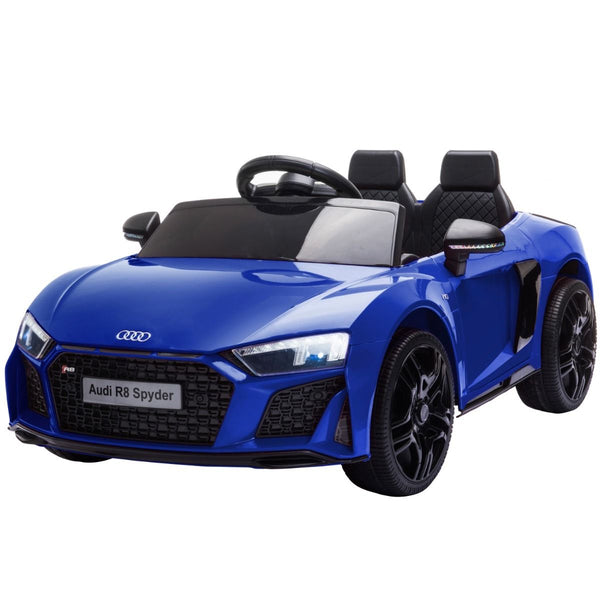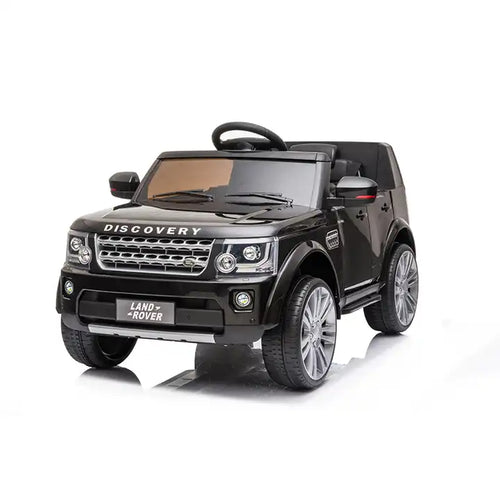Free Suggestions For Choosing Kids Cars
Wiki Article
What Safety Features Of A Ride-On Vehicle Should I Take Into Consideration? The Pros And Negatives
Safety features are important to think about when selecting a ride-on vehicle for your child. This will ensure your child is safe during playing time. Seat Belts and other safety features are important.
Pros - Seat belts help secure your child in the ride-on vehicle, reducing the chance of them falling out or being ejected during play. They offer an extra layer of protection, especially during turns or sudden stops.
Cons - Some cars with ride-ons do not include seat belts, particularly those designed for younger toddlers. Children might also find the seat belts to restrict their mobility or uncomfortable and may decide to avoid or refuse to use them.
Sturdy Construction
Pros: A ride-on car that is built with strength and high-quality materials is more robust and resistant to damage, ensuring long-term safety and dependability. It is built to last long enough to handle the stresses of playtime while providing stability.
Cons - The cost of a durable structure could be costly, making them unaffordable to many families. Additionally, the more heavy materials can affect the ability to maneuver and transferability of the ride-on car.
Low Center Of Gravity
Pros: Vehicles that have a lower centre of gravity have a less chance of tipping over. This reduces the chance of injury or accident. They provide better stability and stability, especially during turns or maneuvers.
Cons – Some ride-on vehicles with a lower center of gravity can compromise ground clearance and off-road capabilities and can restrict their versatility.
Parental Remote Control -
Pros- Ride-on cars that can be controlled remotely permit parents to supervise and direct their children as they play. This adds an extra layer of security and safety. Parents can intervene in case emergencies, navigate challenging terrain or even avoid collisions.
Cons – Parental remote control could limit children's independence and autonomy, since they rely heavily on the supervision of their parents and help when playing. As well, some remote-controlled cars may be more expensive than manual ones.
Speed Limiters
Pros: Ride-on cars with speed limiters, or speeds that can be adjusted allow parents to regulate the speed at which they can drive and lower the possibility of accidents and collisions. They are able to gradually increase speed of the vehicle as a child develops confidence and skills.
Cons - Some children might get out of the lower speeds quickly, causing anger or dissatisfaction from the ride-on cars. Speed limiters may not be available on every model or they may require extra features or additional accessories.
Safe Start Technology -
Safe start technology decreases the chance of sudden lurches and jerks that can frighten or cause a child to fall. It provides a safer, more enjoyable ride.
Cons - Ride-on cars with safe start features might cost more than the basic cars without this feature. In addition, some kids may find the gradual acceleration or deceleration less exciting or engaging as opposed to immediate stops and starts.
Visibility Enhancements
Pros: Ride-on vehicles that have increased visibility like headlights and taillights that work or reflectors can improve visibility in dimly lit or low-light conditions. The vehicles are more visible, which increases safety.
Cons – The addition of visible features can add battery consumption or increase the complexity in the ride-on vehicle's design. These factors can lead to malfunctions or maintenance problems.
You can ensure your child's safety by weighing the pros and cons of these options. Take a look at the most popular kids cars for more recommendations including electric two seater cars, toy car for car, pedal car, toy car, a toy car, toy the car, toy toy cars, childrens ride on, toy cars toy car, toy with car and more. .

What Are The Various Levels Of Skill That Electric Ride-On Cars Are Designed For?
Children can enjoy a thrilling and safe ride in electric ride-on vehicles that have various speed and control options. What are the reasons behind these features being implemented?
Different children have different levels of skill and confidence in driving in ride-on vehicles. The maximum speed of the car can be adapted to the abilities of the child, which minimizes the likelihood of an accident or collision.
For young children or those who are just starting out younger children, slower speeds are ideal for the ride-on car. Higher speeds are suitable for older children or children with more experience.
Gradual Learning Curve -
With their multiple speed settings Electric ride-on vehicles help children develop their driving skill gradually. Beginners are able to gain confidence and get comfortable in the driving controls by starting with slower speeds.
As your child gets better in driving, you will be able to increase their speed. This will give them the impression that they're progressing and reaching.
Parents Control Parents Control
Certain electric cars are equipped with parental controls that permit parents to restrict the maximum speed at which their child can travel. This feature provides parents with peace of mind, knowing they can intervene and adjust the speed to ensure their children's safety.
The model you choose will determine parental control options could include remote speed limits and emergency stop buttons or remote steering options.
The ability to adapt
As children get older their interests and capabilities can alter. Electric ride-on cars with multiple speed settings offer flexibility and adaptability to accommodate these changes over time.
When your child is confident and confidence, you can increase the speed to a higher level to provide a thrilling and challenging experience. In contrast, parents can dial back the speed for children with younger siblings or for friends who may be less experienced.
Customization -
The capability to tailor and personalize the riding experience is possible with multiple speeds. Children can select a setting that best suits their needs and also the intensity they would like to experience.
Some electric vehicles have additional controls such as a variable acceleration and braking sensitivity. These options allow for a finer tuning of driving to meet particular needs.
Electric ride-on vehicles with various speed settings controls, as well as other features that allow for a custom, safe riding experience. They're suitable for children with different skill levels and preferences. These features help build confidence, skill development and enjoyable adventures, while ensuring parents can supervise and intervene if necessary to ensure the safety of their children. Have a look at the recommended read this on McLaren kids car for website examples including electric ride on, cars pedal car, ride on toy, toy car toy car, two seater electric cars, 2 seater electric cars, riding digger, electric rideons, 2 seater electric cars, childrens digger and more. .

What Should I Consider Before Purchasing An Electric Child's Car? Pros And Pros?
If you are considering purchasing an electronic children's vehicle, it is important to take into consideration several factors. Be aware of these crucial elements, such as information on prices, sizes, pros, cons, and more.
When selecting an electric children's vehicle, consider the height and age of your child. The size and age of your child's age will decide the kind of car and model you choose.
Car Weight and Size -
Electronic cars for kids come in various sizes, from small micro-sized models, to larger-scale replicas of actual cars. It is important to consider the weight and size of the car in relation to the child's size, strength and age. In addition, you'll need to consider the available space for storage and playing.
Price Variation Price Range
The prices of electronic kids' cars vary widely based on factors such as size, features, brand and build quality. Prices for micro-sized versions range between $50 and $200, while those for larger-scale replicas can cost up to $800.
Pros and Cons -
Pros -
Electronic Kids' Cars These vehicles are perfect for entertainment and imaginative games. Kids can experience the excitement of owning their own car.
Motor Skill Development: Driving an electric vehicle helps develop fine motor and spatial awareness skills in children.
Electric cars are perfect for outdoor activities. They encourage physical movement.
Realistic Features - A lot of electric children's cars have real-life features, such as working headlights, horn sounds, and MP3 player compatibility. This enhances the play experience.
Cons -
Costs - Electric cars that are of high quality for kids can be costly especially if they're licensed replicas.
Battery life – Electric cars utilize rechargeable batteries to power their motors however, they may have a limited lifespan and need frequent recharging.
Safety Issues Electric vehicles are susceptible to hazards for safety, such as accidents, falls, and entrapment. This is particularly the case when the vehicle is not utilized with care and supervision.
Maintenance and Assembly - Some electric vehicles require assembly on arrival, and also regular maintenance, including cleaning, battery maintenance, as well as occasional repairs or replacements.
Features and Accessories
Consider the features of the electric children's car. They include headlights that work and horns, remote parental controls, seat belts and storage compartments. Choose a model with features that are compatible with your child's interests and preferences.
The final decision on the best electric car for your child will be based on factors like their size, age, and interests as well as your budget. Spend the time to study and compare various models, read reviews, and think about the pros and cons prior to making a decision. Have a look at the recommended ride on toys kidscars.co.uk info for blog recommendations including race car toy, toy ride, childrens electric cars, toy car for car, kids electric cars, childrens electric ride on, two seater electric cars, car electric ride on, toy toy cars, toy in car and more. .
